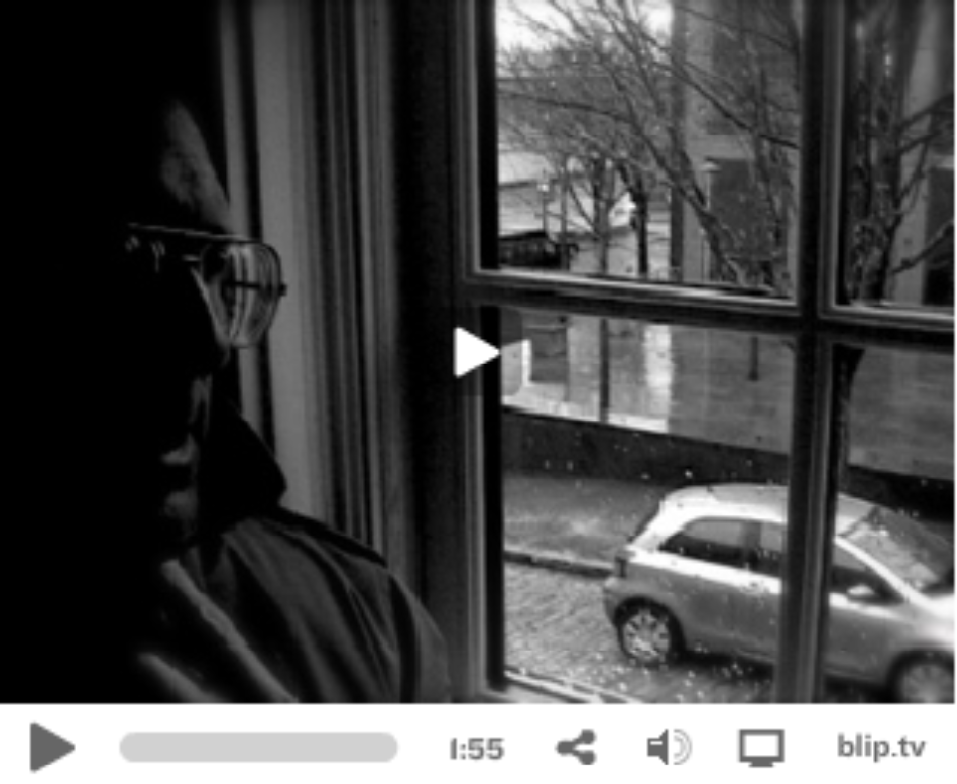Part 4 in a series. Read Part 1.
Different kinds of liberal churches for different kinds of people
If you think about it, there are several different kinds of liberal church. Let me try to enumerate some of them: (1) churches which offer programs — a music program, a children’s program, a support group, opportunities for leadership development, etc. — these are churches whose participants tend to be like consumers; (2) churches which are centered around a person — as in the 19th C., the 28th Congregational Society in Boston was so focused on the person of Theodore Parker that when he died the congregation did too; (3) churches which convey social status — “That’s the church where all the best people in town go”; (4) churches which offer spiritual activities, typically Sunday morning worship services, where such spiritual activities are limited in time to Sunday mornings and in space to the church building; (5) churches which are well-intentioned social clubs, not much different from Rotary Club or the Masons. Each of these is a perfectly valid kind of church.
However, there is at least one more kind of liberal church. These are the liberal churches which function as a kind of non-residential intentional community. In the Emerging Church movement, the parallel to this kind of liberal church would be the missional church; that is, a church in which the people lives out God’s mission for them. The Emerging Church conversations thus describe this kind of church in theological terms, where I have been approaching my description from an organizational perspective. (Of course the theological perspective is inherent in my organizational perspective, for I am describing an organization which incarnates religious visions.)
I prefer to take the organizational perspective, at least to start with, because I think that perspective helps us to understand that I am trying to describe a continuum that stretches from an intentional residential community at one extreme, to an intentional community that functions non-residentially. In the middle are those intentional church communities which sometimes gather together (or at least significant portions of the church gather together) in a residential setting, perhaps an overnight retreat. And in between the two extremes, we can find a wide range of temporary residencies: from churches where the entire core membership of the church lives together in a residential setting for a period of time; and from there we get ever closer to completely non-residential communities, as the various subgroups living together in residential settings decrease in size, decrease in time spent together, and increase in homogeneity. “More residential” does not imply “better”; in fact, a completely non-residential intentional community may be better than an intentional community which tends to exclude persons because of the residential requirements.
And this leads us to consider that intentional church communities do not always incarnate religion in useful ways. Continue reading →

